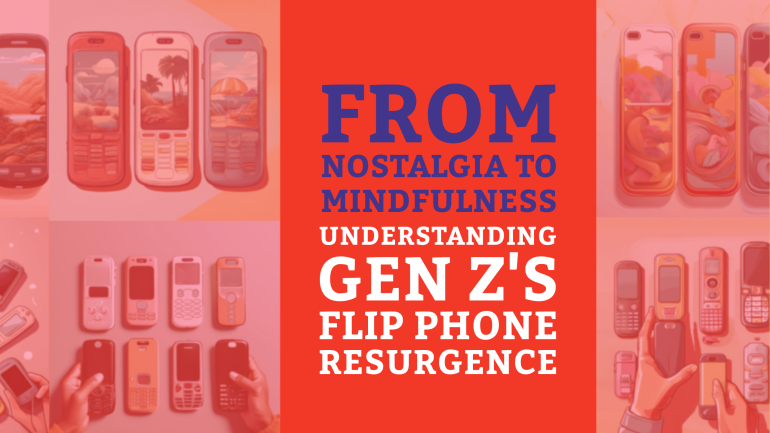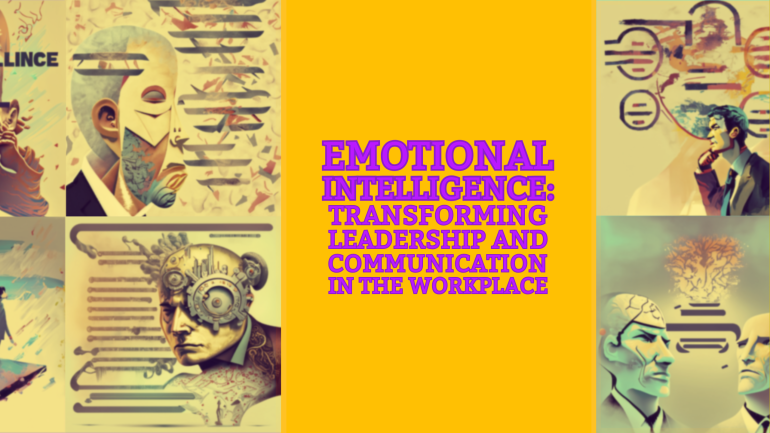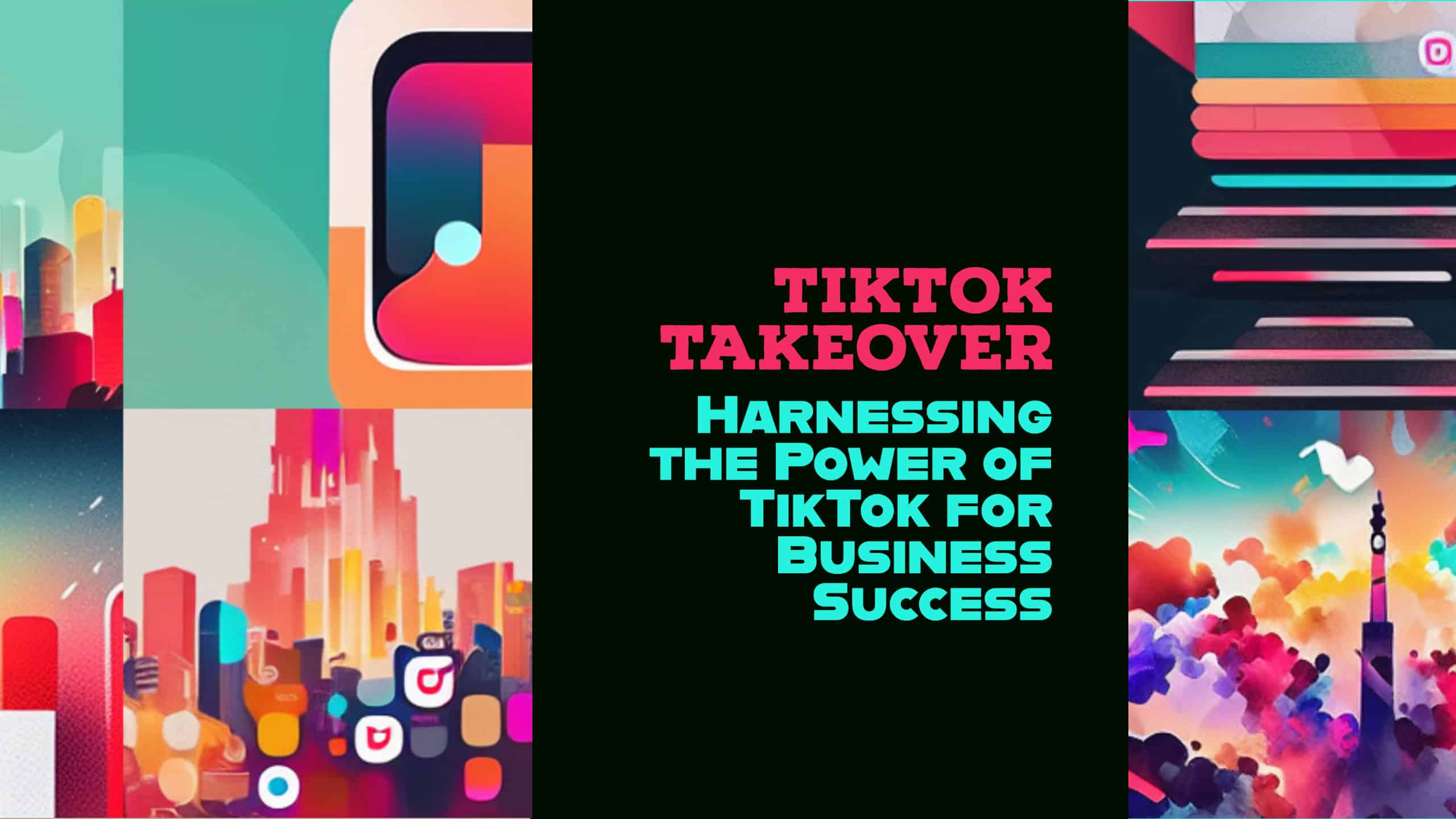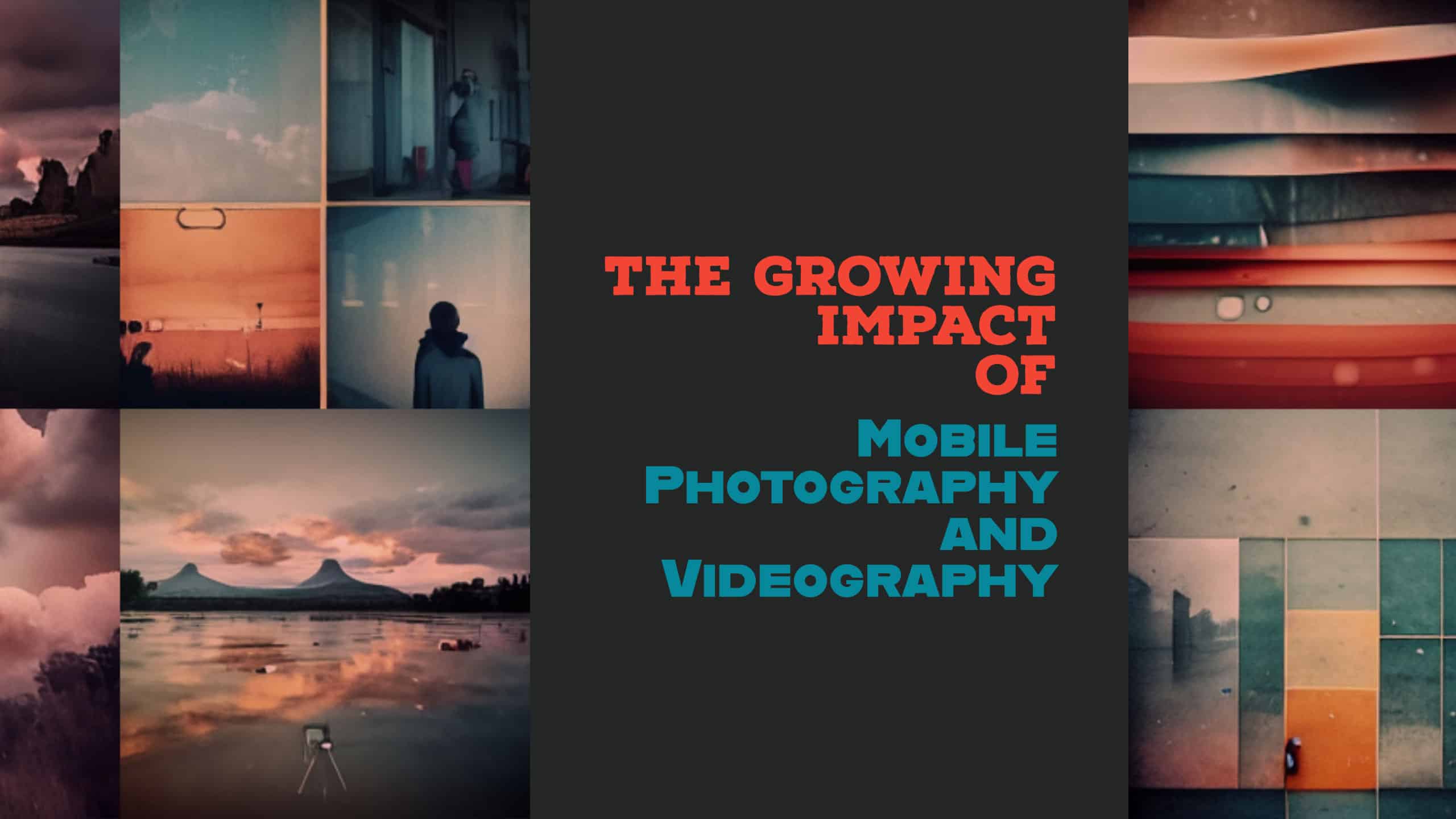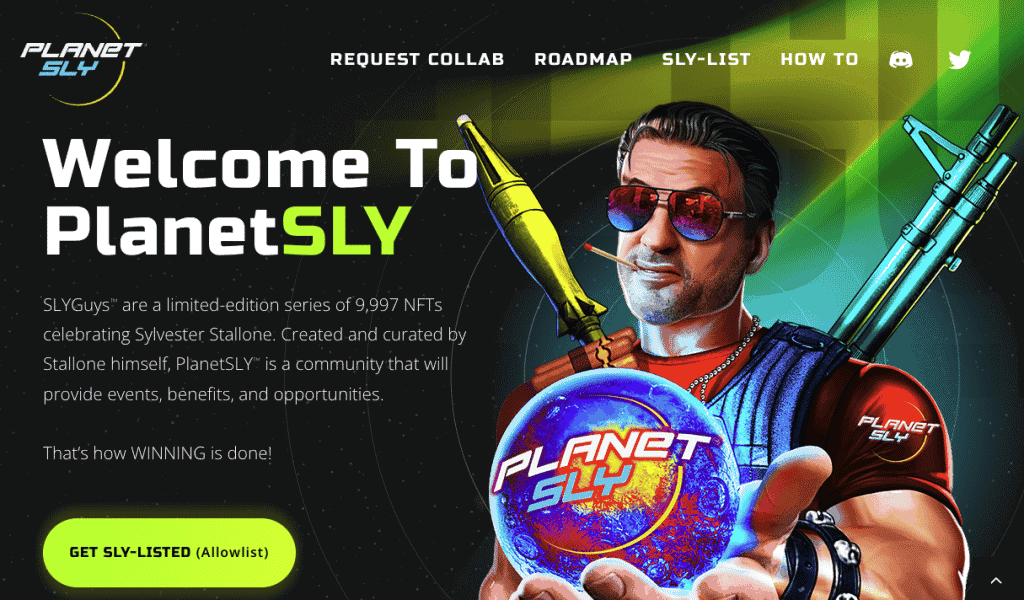Table of Contents
You may also interested:
Web3 is a new decentralized platform that allows for the execution of smart contracts and DApps. This technology will change the way we work and play, by making it easier to access and use blockchain technology. Web3 has the potential to revolutionize the way we do business and interact with each other. With its ability to provide transparency and security, it could make our lives much more convenient. In this article we will discuss the history of web3 or web3.0

How the Internet has changed since its early days
The Internet has changed considerably since its early days. The Internet grew out of the ARPANET project of the U.S. Military and was made available to the public in the early 1990s. It wasn’t really accessible by the masses until the invention of the World wide Web in the mid 1990s. The World Wide Web, based on a hypertext transfer protocol, allowed graphical user interfaces to sit on top of this Internet backbone. This is what came to be known years later as Web 1.0, the first iteration of the World Wide Web. A game-changer came in the late 1990s with the establishment of social media platforms. You might remember MySpace, Friendster and Multiply from those days. This was quickly dubbed as Web 2.0. And today, we’re talking about Web 3.0.
What really are the differences between Web 1.0, Web 2.0 and Web 3.0? Should we bother at all? This article hopefully helps to shed light on this matter. And yes, you should bother because Web 3.0 will have a great impact on the way we work and play.
Web 1.0 Definition
Now, it is important to remember that Web 1.0 transitioned into Web 2.0. Some commentators say that Web 2.0 is undergoing a transition into Web 3.0. The point is, the evolution of the World Wide Web is not so much a revolution as it is a smooth transition.
That being said, the transition from Web 1.0 to Web 2.0 to Web 3.0 is fuelled by technological developments, especially in programming and software development, and has consequently changed the culture of the World Wide Web. So what has changed in relation to the way we work and play?
Web 1.0 was based on the hypertext transfer protocol (http) and the file transfer protocol (FTP). What did we have back then? We had websites which provided the majority of public information. These websites, when set up by the owners of said information, were authoritative. We bookmarked those websites and came back to them time and again to find the latest information. We didn’t get much content from each other back then. As users of the World Wide Web, we could only share content if we knew how to set up a website and uploaded the content there. Well, it wasn’t all too difficult, to be honest. Geocities and Angelfire provided “what you see is what you get” (WYSIWYG) web design and development interfaces which made setting up a website quite simple even in those days. But what was different back then was that web designs didn’t need to be responsive. They didn’t need to be. Smartphones weren’t invented yet, which meant that websites would only need to be viewed on computer monitor screens instead of on multiple devices with varying screen widths. Websites were thus written in primarily hyper text markup language (html). And on, there was another way in which regular users would share content with each other. They used services such as Usenet groups and Internet relay chat channels which were based on file transfer protocol (FTP).
Web2.0 vs Web3.0
This transited to a much more open sharing of user content with the development of social media sites and developments in mobile phone hardware technology. Mobile phones became cheaper and were equipped with better cameras. Social media sites allowed users to upload text, photos, videos and graphics quickly and cheaply. This heralded the arrival of Web 2.0. We regular users could connect with each other through social media platforms without the need to set up personal websites and bookmarking each other’s websites. And best of all, social media sites allow for notifications to be pushed to each other, removing the need for constantly checking back with websites for the most updated information. With everyone and their mother signing up for social media accounts across the many social media sites, social media platforms and corporations saw a valuable marketing opportunity. Thus, the birth of what we know today as “social media marketing “. Data about users were being collected at an ever-increasingly rapid and efficient manner so as to generate actionable insights about user preference and behaviour. This came to be known as “big data” and it paved the way for ” artificial intelligence” and “machine learning”. Data about users was not only collected and analysed. Data was fed back into the program so that the program could learn to make sense of the data and operate independently of human intervention.
Web3 explained
Artificial intelligence is going to get more and more powerful as we enter into Web 3.0. It’s going to get more accurate in predicting outcomes and is going to be more and more effective in learning about user patterns. But wait, Web 3.0? Or web3? which is the correct term?
Now, technically speaking, Web 3.0 is merely a theory and vision of Sir Tim Berners Lee, one of the seminal figures in introducing the World Wide Web to the world. He wrote about a “semantic web” based on a different technology than what we are using today. Culturally speaking though, many commentators have been using the word Web 3.0, but not in the way that Sir Tim envisioned. And the word web3 itself, some have said to be an abbreviation of Web 3.0. But for all practical purposes, web3 has been used primarily by people in the crypto space. For crypto enthusiasts, web3 means a break from the centralized norm of Web 2.0. Well, under Web 2.0, all our content and data are centralized on the servers of large tech companies. Our exchanges on Whatsapp, posts on Instagram and Facebook are all centralized and sits with Meta. All our money sits in banks linked to national treasuries. In contrast, cryptocurrencies, non-fungible tokens (NFTs) and metadata do not sit in centralized locations. They’re spread across the accounts of everyone who is linked together on blockchains. The data on blockchains, being stored across multiple ledgers, is immutable. No one can hack into the blockchain and decrypt every single ledger and make unauthorised changes. Furthermore, the data on blockchains is transparent. Anyone can see transactions between digital wallets or how many times a certain NFT has been bought and sold. Web3 can this be summarised as the exchange of currency tokens and non-currency tokens across a blockchain where the transactions are recorded and publicly shared through the use of smart contracts. On the Ethereum blockchain, for example, ERC-20 tokens are used to exchange currency while ERC-721 tokens are used to exchange digital goods known as NFTs.
Now, here is where web3 is going to change the way we work and play and it is the future of internet. Web3 started off as a rebellion against the centralized norm of Web 2.0. The web3 protocol is based on the decentralized web network principle. This means that it is not controlled by governments or big tech corporations/companies, but by the users themselves. This makes it more secure and reliable, as there is no one central point of failure. Additionally, web3 allows for more privacy and anonymity, as user data is not stored centrally. This makes it a valuable tool for dissidents and activists in authoritarian countries, who can use it to communicate and organise without fear of being monitored or arrested. We can see evidence of this rebellion in the words used by web3 enthusiasts. Non-believers in web3 are termed disaffectionately as “normies”. A common rallying cry among web3 enthusiasts is WAGMI, meaning “we are all going to make it”. This sometimes refers to getting rich off crypto investments and sometimes refers to victory in creating a decentralized digital way of life. But, even though the data and transactions are built into decentralised blockchains, web3 is still riding on the affordances of the Internet and Web 2.0. NFT projects are not marketed on block chains. They still use websites written in HTML, CSS and JS. They still use Discord to engage their audience. They still use Twitter and Telegram for notifications and sneak peeks. We are going to see more and more of web3 projects appearing on our good old Web 2.0.
But that is not to say that Web2.0 is the dominant technological culture. Web2.0 is increasingly adopting web3 technologies as recognition for the popularity of web3 projects. The most famous of which is Twitter allowing NFTs to be displayed as profile pictures through a process of verification of ownership powered by Opensea, the largest NFT marketplace today.
Also, web3 projects increasingly recognize that not everyone has cryptocurrency but still nonetheless wish to participate in NFT projects. Sandmilk allows NFT creators and sellers to mint NFTs without the need for cryptocurrency. Purchases can be made using credit cards. Sylvester Stallone too is releasing a set of NFTs that can be purchased with a credit card.
And finally, we are going to witness an increasing number of phygital (physical and digital) goods that leverage on web3 but has implications for the reaI world. Utility NFTs now try to package physical goods, social causes and other IRL (in real life) events with the purchase of NFTs over web3.
Nevertheless not everyone are compelled by web3. Elon Musk for an example, the founder of Tesla, SpaceX, and a number of other startups, is a figure who frequently divides public opinion on web3. “I currently am unable to see a compelling metaverse situation” – according to interview with The Verge“
Web3 is the next step in the evolution of the internet. It is a decentralized platform that allows users to interact directly with each other without the need for a third party. This means that web3 can be used to create applications that are more secure and efficient than those that are currently available. In addition, web3 has the potential to change the way we work and play. For example, it could be used to create online marketplaces that are more equitable and secure than those that are currently available. In conclusion, web3 is going to affect the way we work and play increasingly. It is going to meld with the Web 2.0 that we know today in an increasingly seamless manner. Don’t get left out!


